
 | B-2 Stealth Bomber Revell 1:144 kit no: 04070 build time: January 25 2014 - April 6 2014 |
And it's time to bring out the big guns. That is to say - the 1/144th scale stuff:
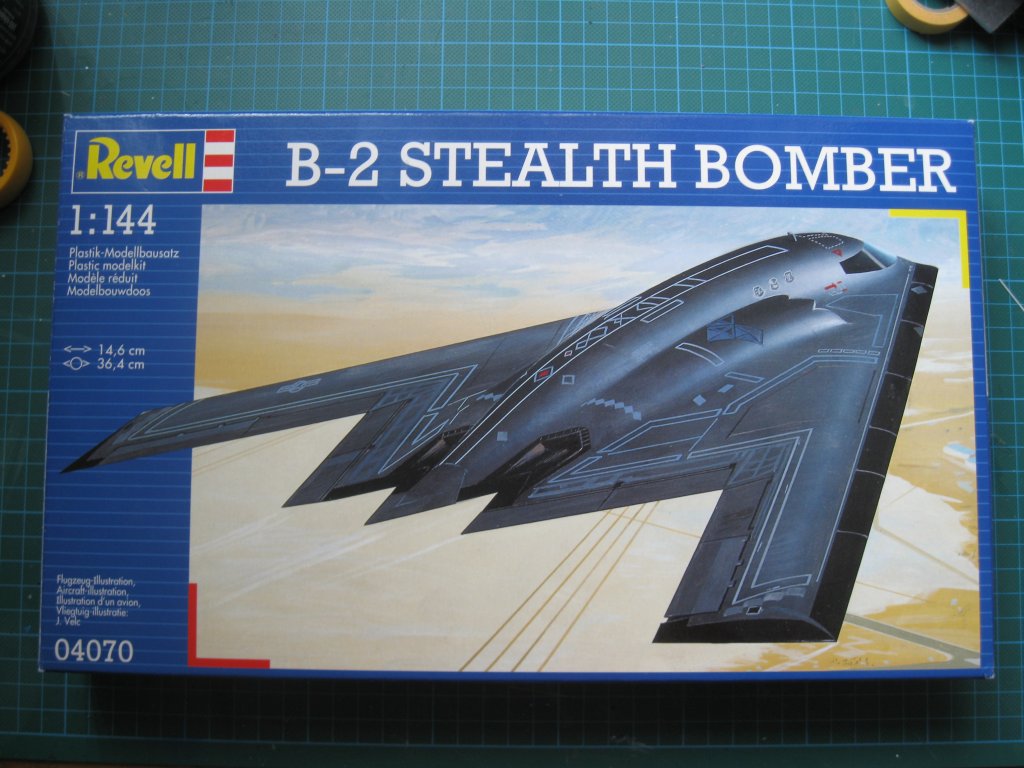
The box doesn't contain much plastic. Two fuselage halves
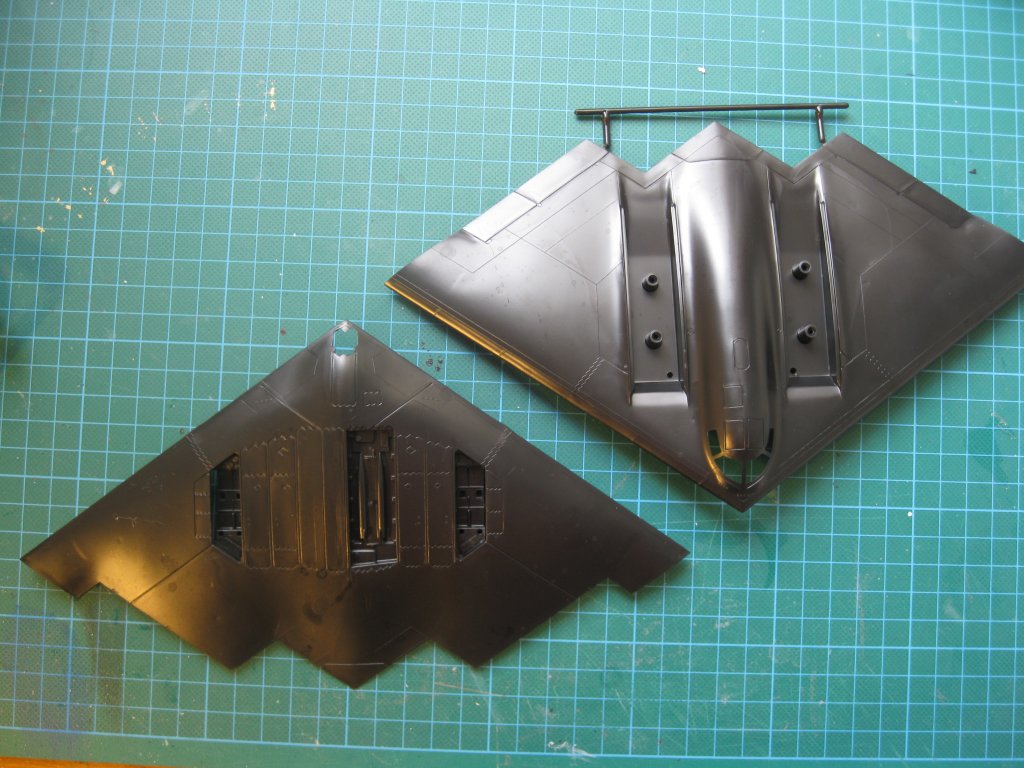
One sprue with cockpit and engine bits

And one with the rest, aka the bomb bay and the landing gear
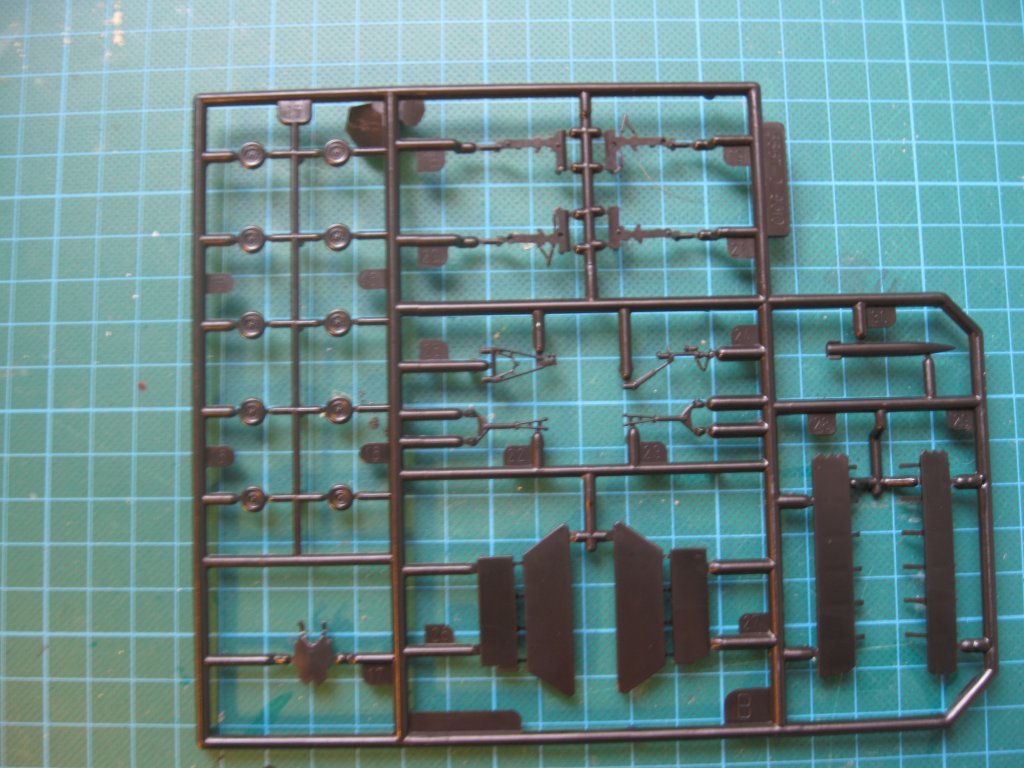
The details aren't half bad for this scale:
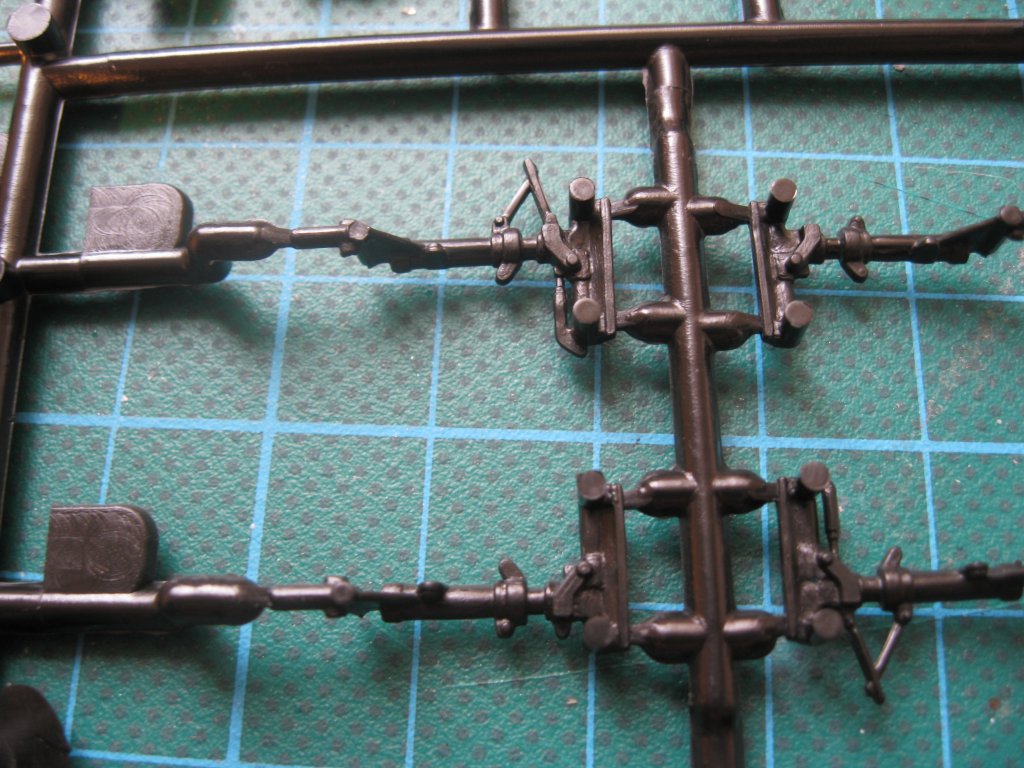
We won't be using much of this one, as this model will be displayed in-flight. And that's a good thing since it will save me a lot of trouble trying to get this to look somewhat acceptable:
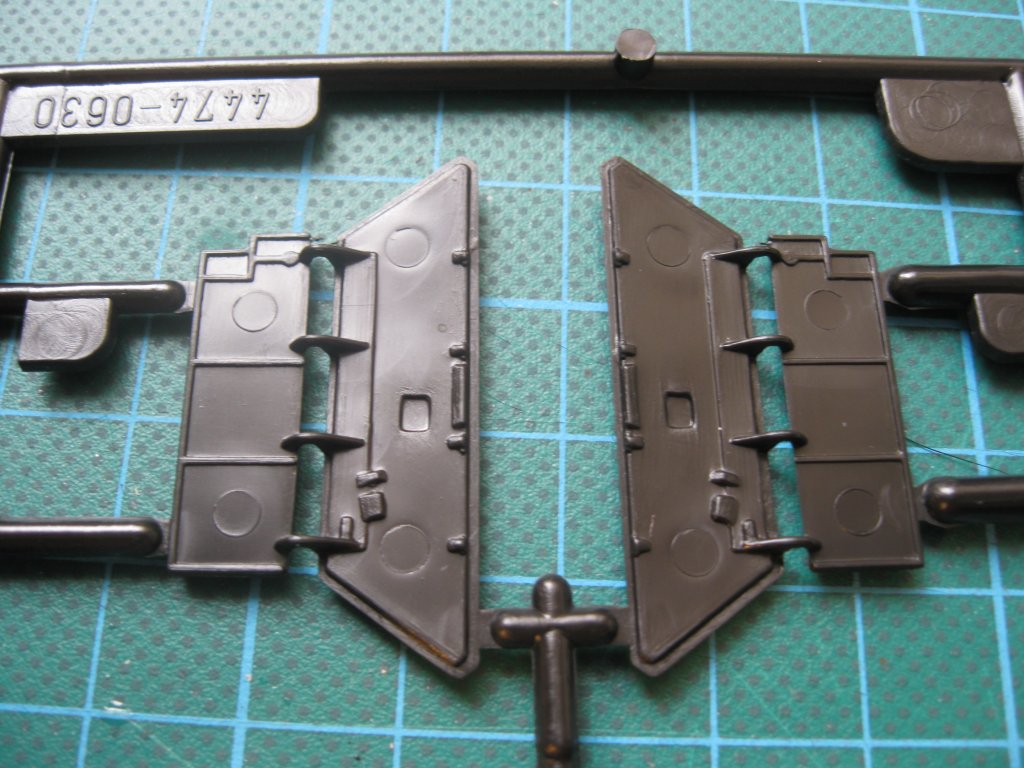
The kit has engraved panellines where the separate parts (flaps, slats, etc) are together, and a little bit of raised surface detail.
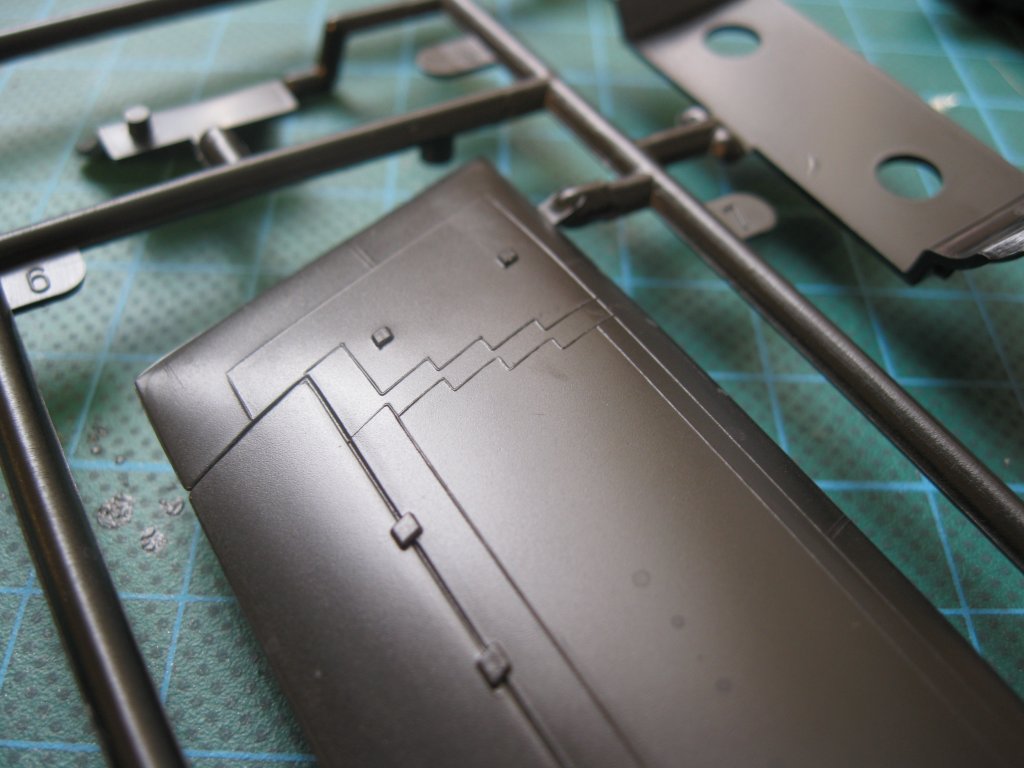
That won't be a problem either, everything has to go. In this scale, I seriously doubt a stealth jet will have any bits and bobs sticking out.
The molding isn't perfect all around, judging from this bit:
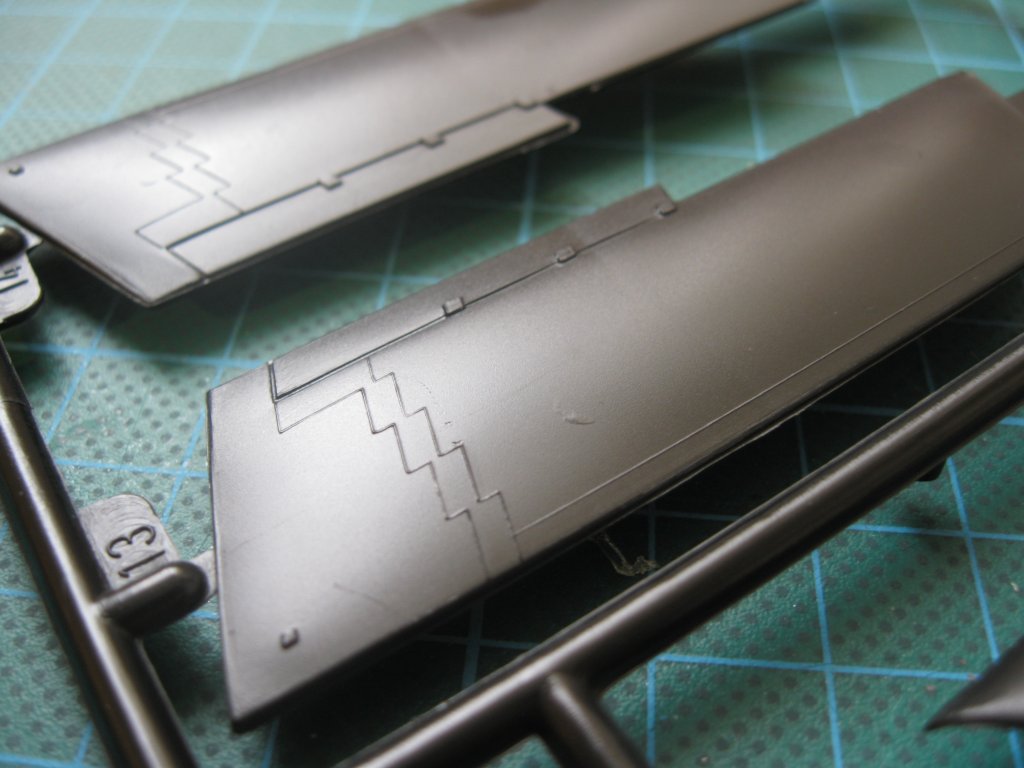
But again - no problem.
And let's not forget the giant sprue with clear parts *cough* *cough*
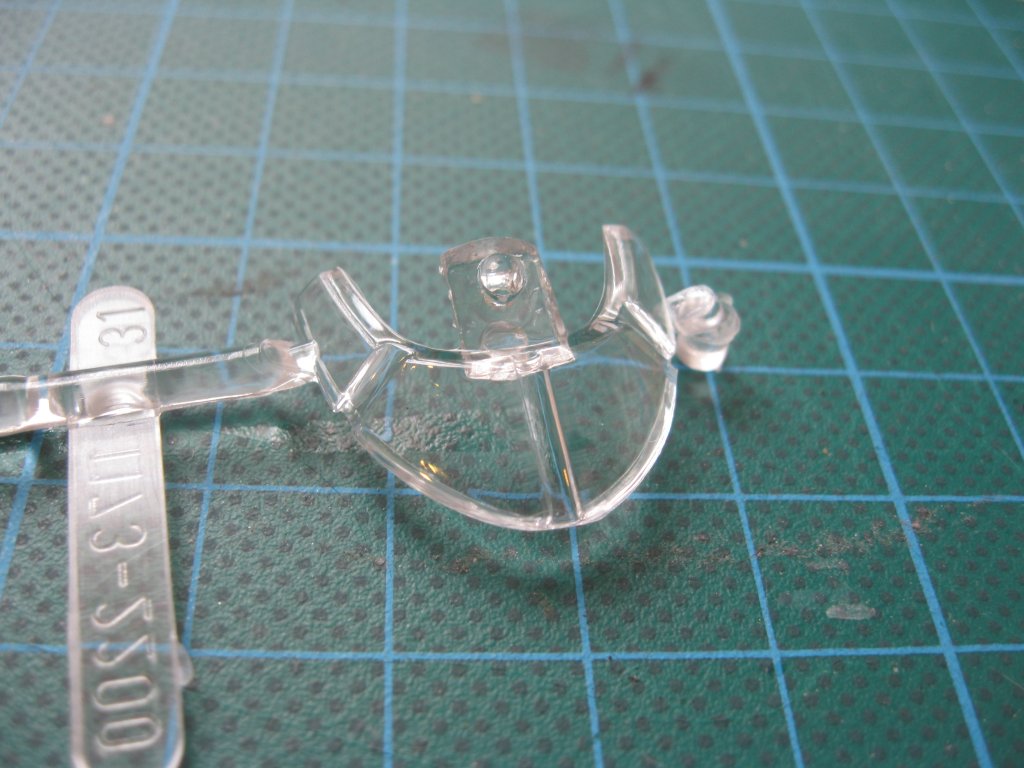
Revell also supplies a decalsheet, but since it's only for the prototype model, it goes straight to the spares box.
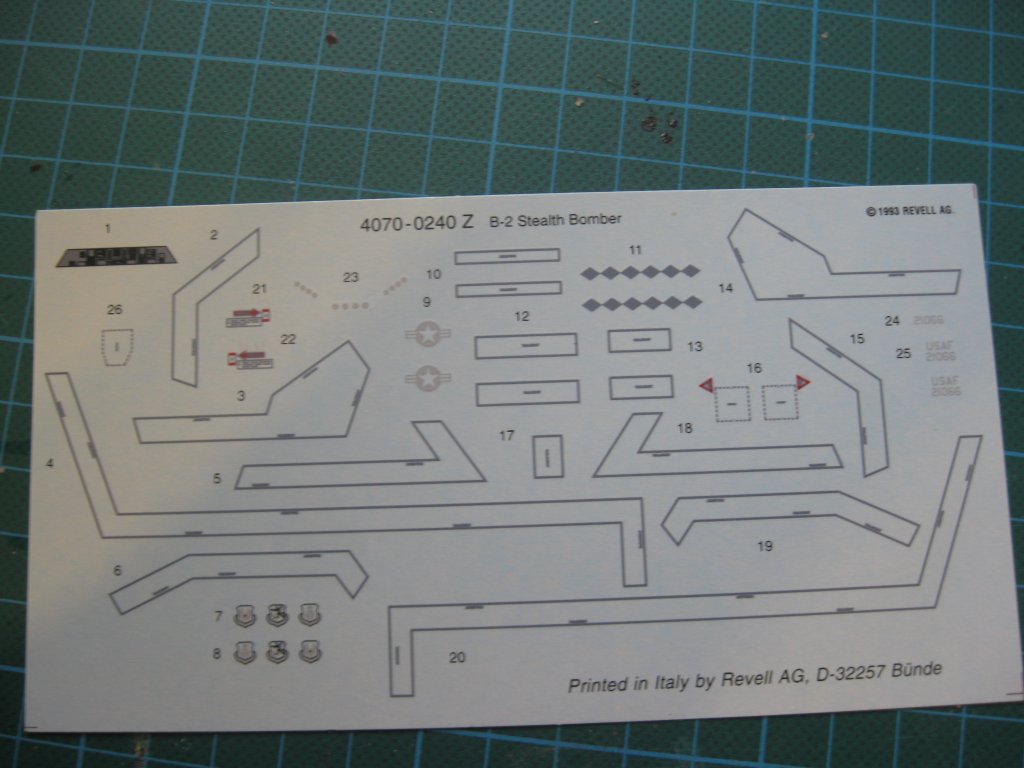
Instead, we will be using this aftermarket set which allows markings for 5 operational jets, the Spirit of Missouri, the Spirit of Washington, the Spirit of Alaska, the Spirit of Pennsylvania and the Spirit of New York.
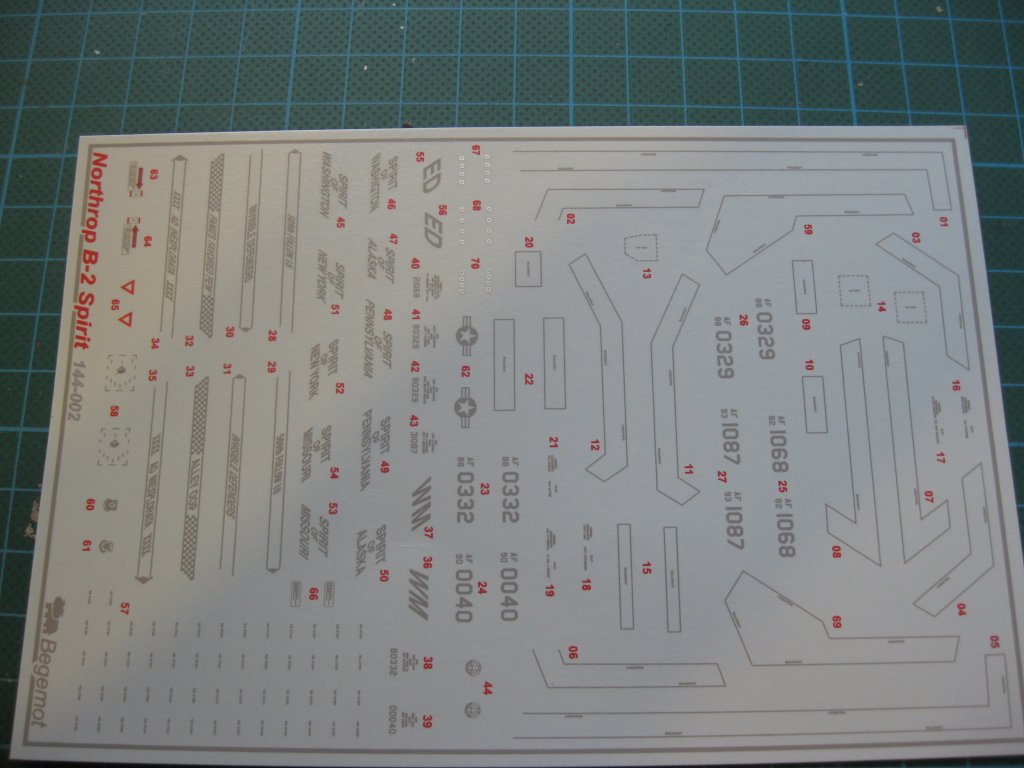
The decals look fine, even the small stencilling (NO STEPs in 1/144...) is readable.
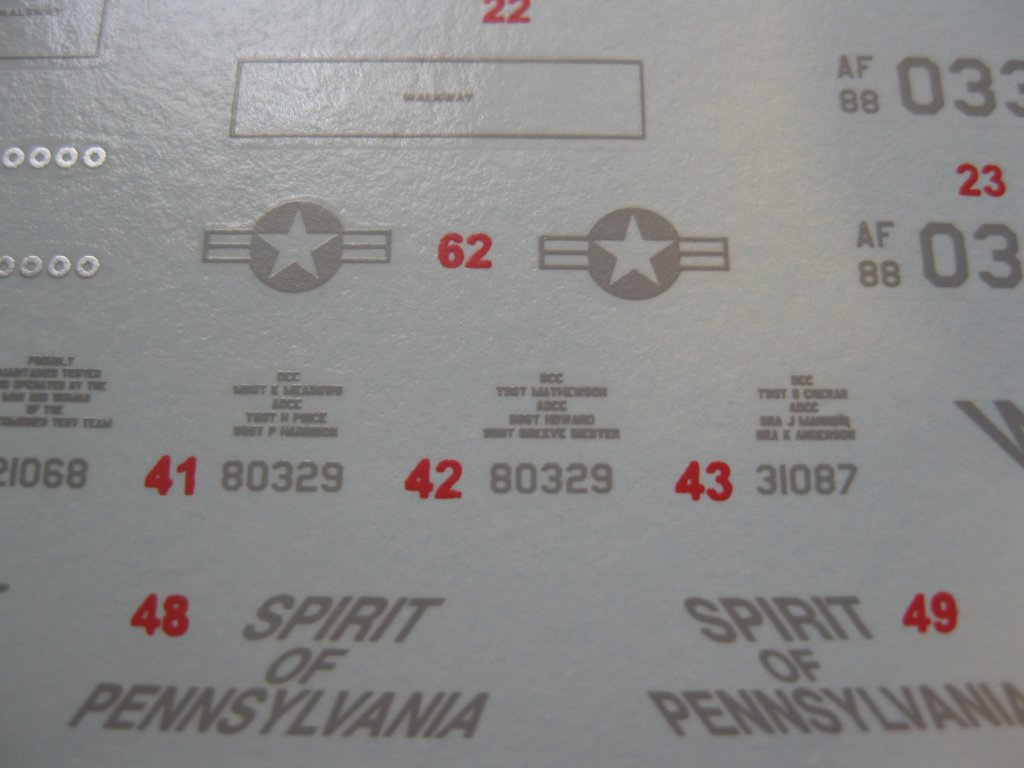
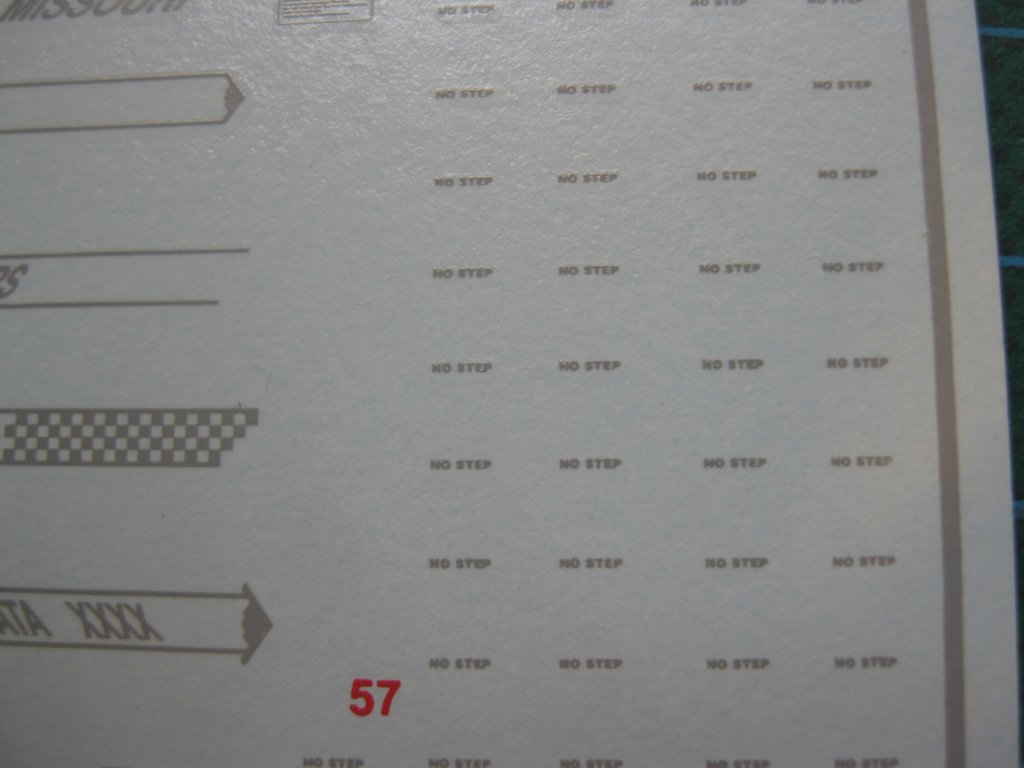
Funny: top secret US Stealth Bomber and the only available aftermarket decal sheets is available from a Russian company (Begemot).
Of course Revell does provide some instructions.
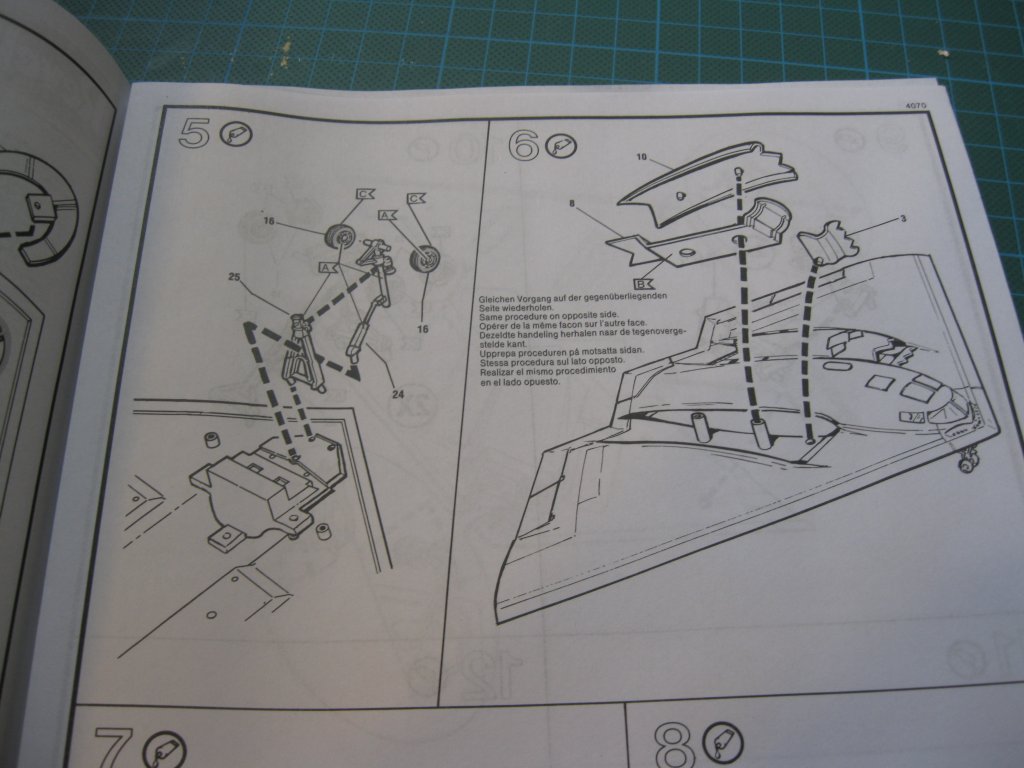
Originally, this is a snap-tite kit, and that's obvious. A dryfit is nice, but taking the bits apart takes forever.
To start off the build, the cockpit glasswork needed some repairs:

It looks disasterous, but after a sanding session from grits 800 to 12000 and dipping in Future Floor Polish, it's going to look fine.
Als, the landing bay doors had to be glued in. These were not designed to be in this position, so all the internal detail has to go:
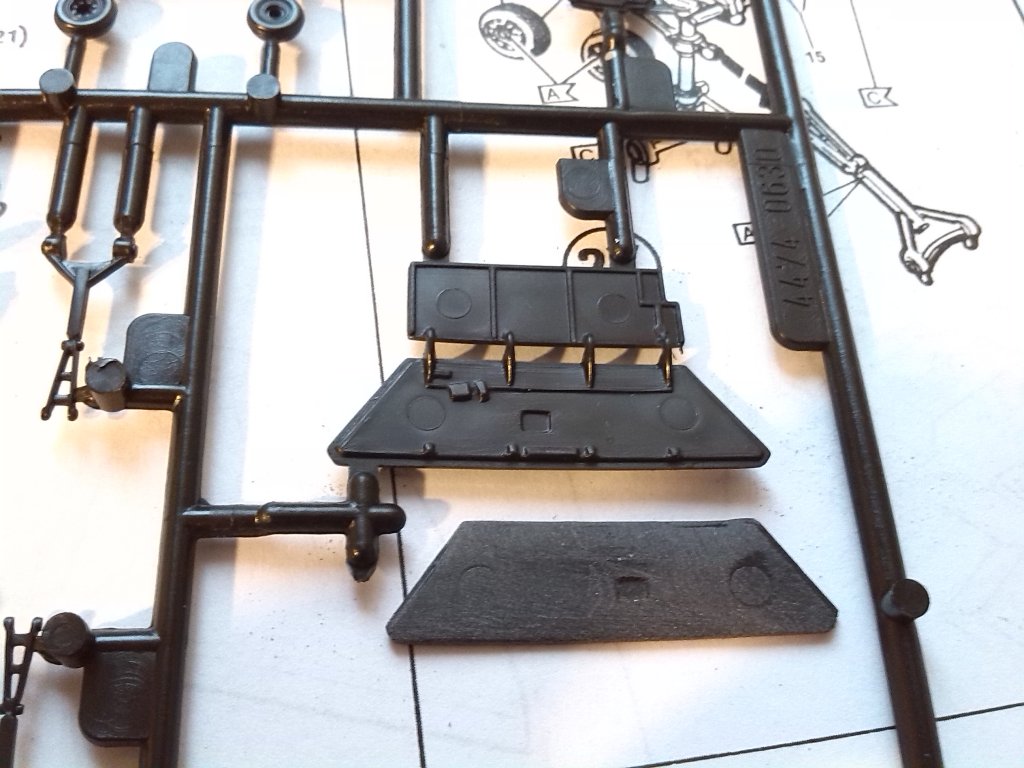
And in order to fit it decently, we added some struts:
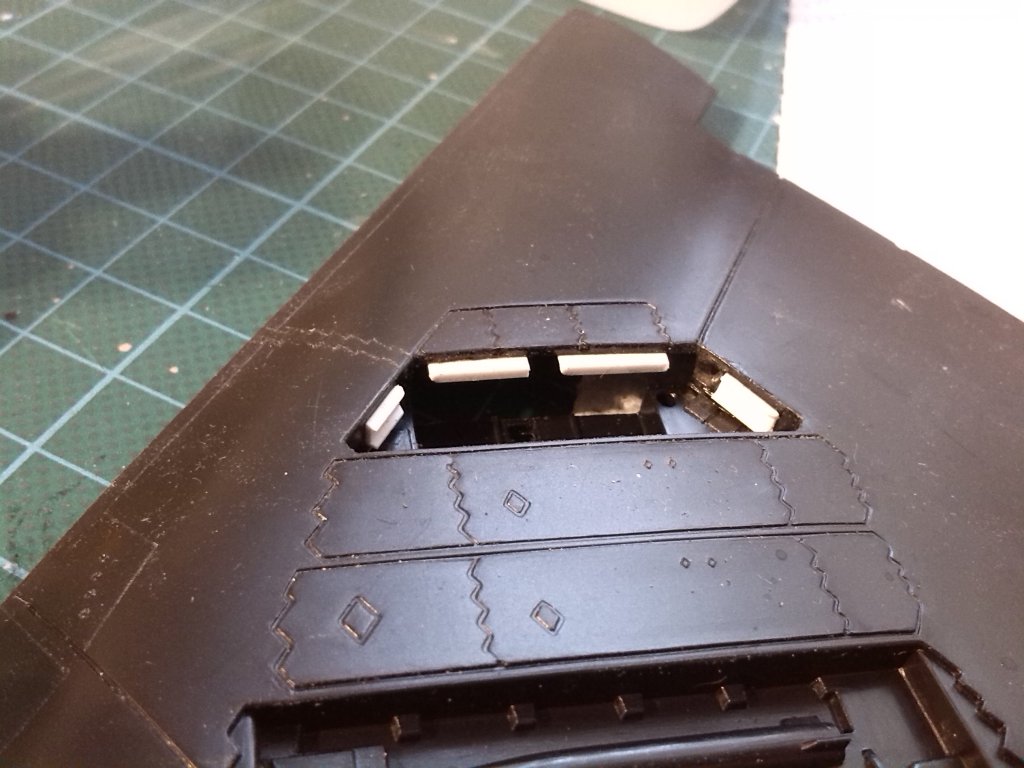
Amazingly, the bomb bay doors both have a near perfect fit.
The rest of this kit is rather simple. Put in the glasswork, add wings and engines, and presto. In other words: an ideal candidate to play around with lighting. I tried that before but failed miserably, although that was on a car kit. This one is simple: a white LED for the cockpit and an orange/yellow one for the exhausts. And of course, seeing how it's to be in-flight, we'll have to come up with some kind of stand.
| next page |